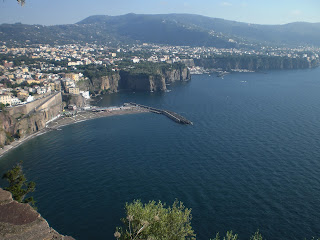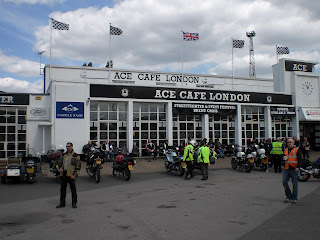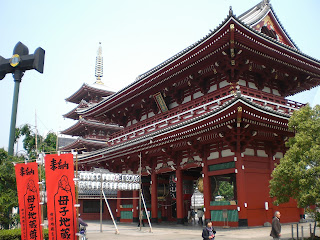Made a 9.00 am start in dubious weather, heading south towards
Marseille. Just out of town was stopped by a couple of police officers at the
side of the road because the bikes lights weren’t on. I must have accidently hit the off switch, so
we all had a good laugh at my expense and they let us go.
To our amazement strange patches of blue started to appear
in the sky followed by small patches of sunlight. It took us a while to
remember what it was. Rolling countryside with mountains appearing ahead of us.
Every few km we rode through a village and either side of us we saw other
villages, usually constructed on the top of a hill, with a large chateau where
the nobility used to or still do live, a church and the stone houses of the
plebs.
As we started climbing the Ardeche mountain range it got
foggy, but once we got over the first range it cleared and the temperature changed
from about 10C to over 20. Beautiful scenery and the road crossed the cascading
Ardeche river several times. Like Brown Mountain but 25 km long and native mixed
conifer forests.
Vineyards and olive groves until we got to the very nice town
of Orange where we bought salads and a baguette for lunch with the intention of
eating them in a park somewhere, but we found ourselves riding for half an hour
through light industrial developments with nowhere to stop. Eventually found a
park where we had a break and a late lunch. Then disaster – the bike wouldn’t
start! Tried again and again and sent Gail walking back to a nearby roundabout
to get our exact whereabouts before I rang the breakdown service that came free
with our insurance. Before ringing I tried one last time and discovered that this
time I had accidentally hit the kill switch. I offered myself for a ritual
kicking but Gail declined, though she said she would make me pay later.
We could have ridden on the peage to Marseille but we opted
for the minor roads and Gail did a fantastic job of navigating us through a myriad
of minor towns and junctions to come out at the side of the Med west of Marseille.
A lovely road alongside crystal clear water until we hit the city itself, which
was very well signposted and we easily found our way to the Old Port. Marseille
is the second largest city in France, about the size of Sydney, but the traffic
though dense is very well disciplined and they are excellent drivers compared
with home.
Marseille, a city that has been on my “to do” list for
decades is not what I anticipated. The population has the high proportion of
African and Arabic people that I expected but the architecture is totally
unexpected. Instead of medieval influences it is mainly wide streets and 4 or 5
storey buildings with shops, bars and restaurants on the street front and
apartments above.
Our first attempts to find a bed for the night were unsuccessful
– fully booked – but after parking the bike on the footpath near the railway
station I eventually found a room above a bar with ensuite for 50 euros (about
$60).
Explored the old port area until about 8.00 and then had an
excellent meal in a restaurant near our digs. I had the plat du jour - a
mega salad, Brochettes de Porc a la Provencal avec puree maison, with half a
litre of wine and crème brulee all for $26, while Gail settled for mushroom
pasta. I win!

















































